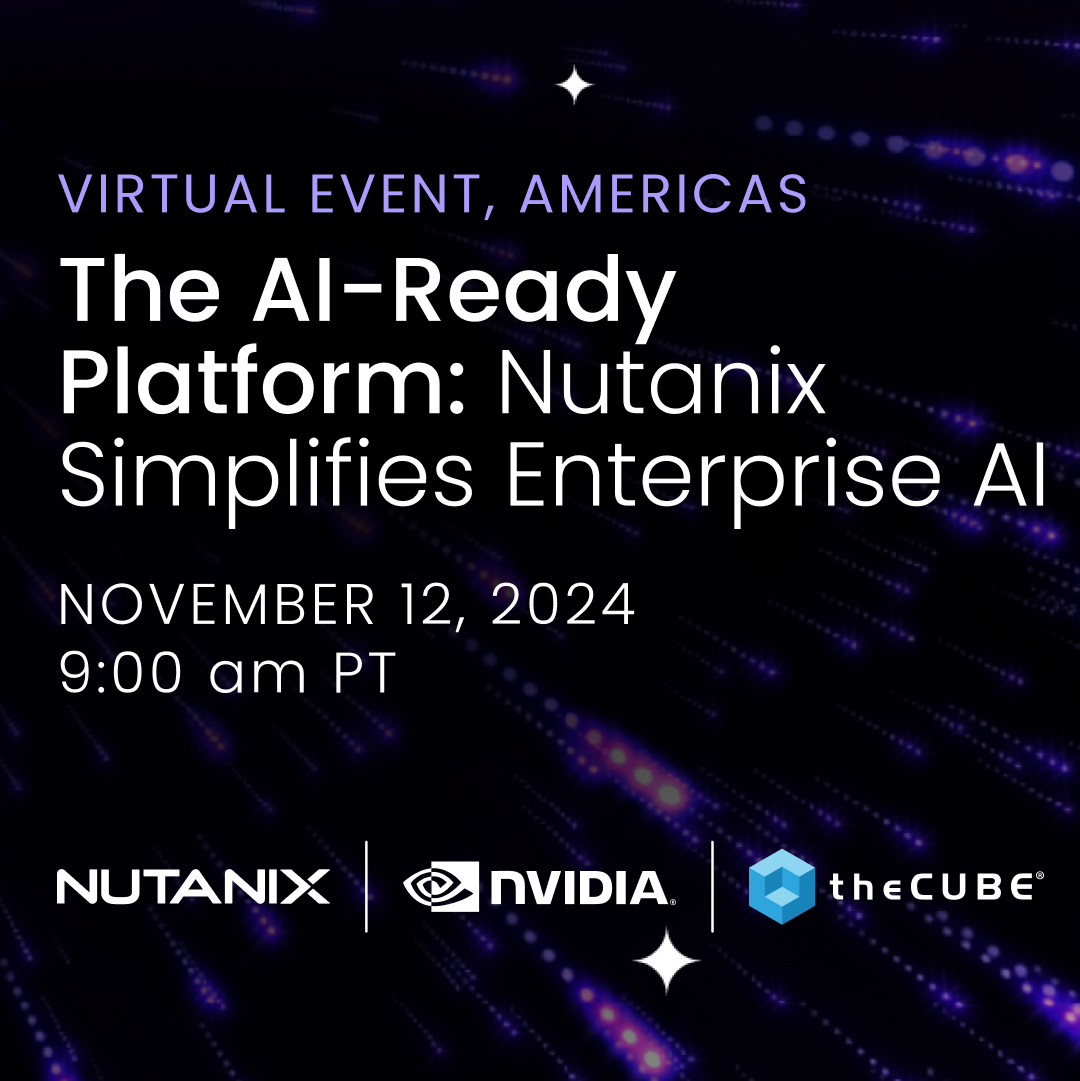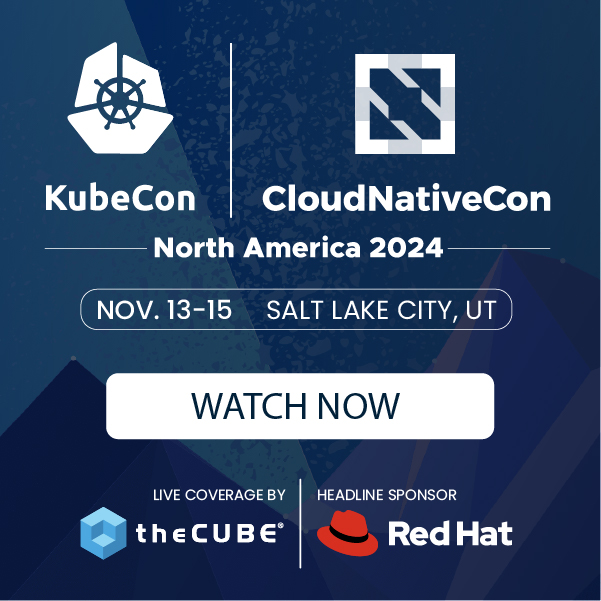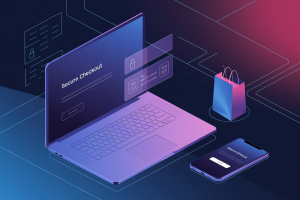The Whole Desktop Virtualization Story
How much time do you usually spend thinking about your desktop? If you work for a company, there is some corporate policy and some piece of hardware and software that allows you to do your job. Having worked for a few large corporations and being familiar with infrastructure and computers, I thought I knew a thing or two about desktops. I’m also quite familiar with desktop virtualization (and got good feedback on my recent post about some of the opportunities and challenges in the industry). Yesterday, I got to meet Brian Madden who is a true desktop expert. The desktop ecosystem is much broader than I had realized. His stump speech resonated with what we heard on the recent Wikibon peer incite, that desktop virtualization much more than “VDI” and significantly different than server virtualization. The change in the desktop market must start with the application and can include everything from cloud and mobile implications. ![]()
Below is an interview that we did with him – he packed a ton of great observations into a rapid fire 15 minutes – some great soundbytes:
- Desktop virtualization is not about saving money – there is a lot of new features and value that can be extracted, so why would it be cheaper?
- Microsoft licensing is a big reason why desktop virtualization is not significantly less expensive, with the turning of a few dials, Microsoft could get the entire world to move to desktop virtualization.
- Server virtualization is great and makes sense for everyone, but desktop is a very different animal and should not be under the same virtualization umbrella
- He gave kudos to Citrix and VMware for progress in conference content (Synergy and VMworld) and recommends that customers should look to learn more at these events or his BriForum
Brian also did a presentation on the 10 questions to ask your storage vendor when looking at VDI (Brian said that the depth of understanding and dialogue is more important than a dogmatic answer one way or the other on many of these)
- Experience with desktop virtualization (reference architectures, etc)
- Size appropriate reference architecture (are pilot, production and large scale same or different?)
- Iops per desktop guidance (and how determined)
- Does the desktop virtualization vendor support them
- Does the storage support the desktop virtualization vendor
- Shared vs personal images
- Read vs write iops assumptions (he sees 50/50 of higher writes)
- Number of clones from a single master (VMware gives free 50 seat demo, limit of 60 seats per clone)
- Impact of provisioning/cloning process
- Daylight decomposition (can I do this online during the day?)
CIOs should look at desktop virtualization solutions as a way to extract more value from desktops and the workforce. The storage requirements for desktop virtualization has different requirements from traditional applications, so different equipment choice and management of the solution should also be considered.
[Cross-posted at Wikibon Blog]
A message from John Furrier, co-founder of SiliconANGLE:
Your vote of support is important to us and it helps us keep the content FREE.
One click below supports our mission to provide free, deep, and relevant content.
Join our community on YouTube
Join the community that includes more than 15,000 #CubeAlumni experts, including Amazon.com CEO Andy Jassy, Dell Technologies founder and CEO Michael Dell, Intel CEO Pat Gelsinger, and many more luminaries and experts.
THANK YOU















